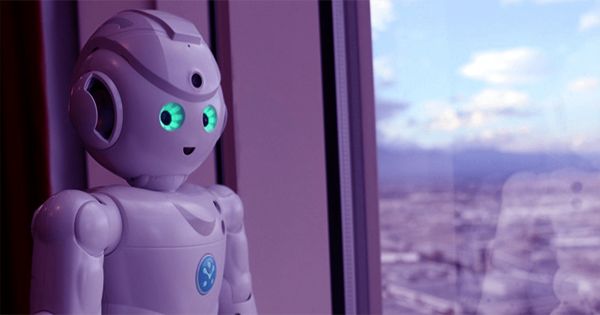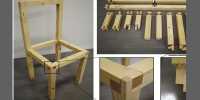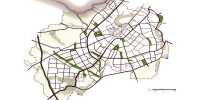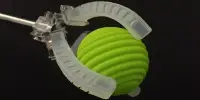Peer pressure makes people do wild things, things they can never do on their own. When surrounded by others, people – especially young people – can be led to positive, negative, and even risky behaviors simply by getting encouragement from the audience. So, if a mob could give you eggs, could a robot do the same thing? Scientists at the University of Southampton may suggest that they can.
Humans can be stimulated into taking greater risks while gambling in the presence of a robot that encourages them to do so, According to new research published in Cyberpsychology, Behavior, and Social Networking. In areas where gambling is found, research into the rules of future robotic systems could have a major impact.
Dr. Yaniv Hanoch, an associate professor in risk management at Southampton, said in a statement, “We know that peer pressure can lead to higher risk-taking behaviors. It is important that we understand more about whether machines can have a similar effect, through the growing statistics between humans and technology, both online and physically.”
Hanoch and colleagues created an experiment using the balloon analog risk task (BART) to understand what effect gambling can have on robots encouraging humans. Bert is an online measure of risk-taking that asks participants to pump a digital balloon, each pump counterfeiting some of their money. However, blow up the balloon too high and it will burst, with participants taking all the money earned to cash in on their score at any moment to secure their current balance and move on to the next balloon, so the chances of losing it become very high. An effective way to measure how much risk participants will take earlier.
A total of 180 graduates took the test in three teams – with a friendly and enthusiastic robot that asked “Why did you stop pumping?” Asked questions like this, an evil silent robot just stood there, and one where the participant was completely alone.
After comparing their scores, the researchers found a significant increase in the amount of money they made – and therefore took more risks – to the group with the exciting robots. A huge difference in the number of pumps was seen between the experimental and control groups, with the robot performing an average of about 1,100 pumps and only 900 without it. Furthermore, if the balloon had burst on the participants earlier, the risk would have been lower in most cases, but the participants in the experimental group did not slowly decrease after the robot pressed them to pump more.
Dr Hanoch said, “We saw participants in the control condition scale back their risk-taking behavior following a balloon explosion, whereas those in the experimental condition continued to take as much risk as before. So, receiving direct encouragement from a risk-promoting robot seemed to override participants’ direct experiences and instincts.”While there was no difference between the presence of a silent robot and a robot, it is probably the words of encouragement that make the difference here.
The authors acknowledge some limitations of the study, especially since the sample is predominantly female. However, in previous studies suggesting that men take more risks than women, the results are likely to be more significant. It is also important to understand that, although Bert is one of the best ethical metrics for taking the risk-taking test, decisions do not actually affect the participant, and results may vary if the real risk is involved.
These results have had a huge impact on the development of future AI and robotic technologies, and when it comes to gambling and risky behaviors, the potentially detrimental effects of incentives from any source need to be carefully considered. The researchers also said that it could be effective in promoting more positive.
Dr Hanoch said, “On the one hand, our results may raise the risk of harm to robots by increasing risky behavior. On the other hand, our data point to the possibility of using robots and AI in prevention programs, such as anti-smoking campaigns in schools, and strictly to reach addicts.”
















